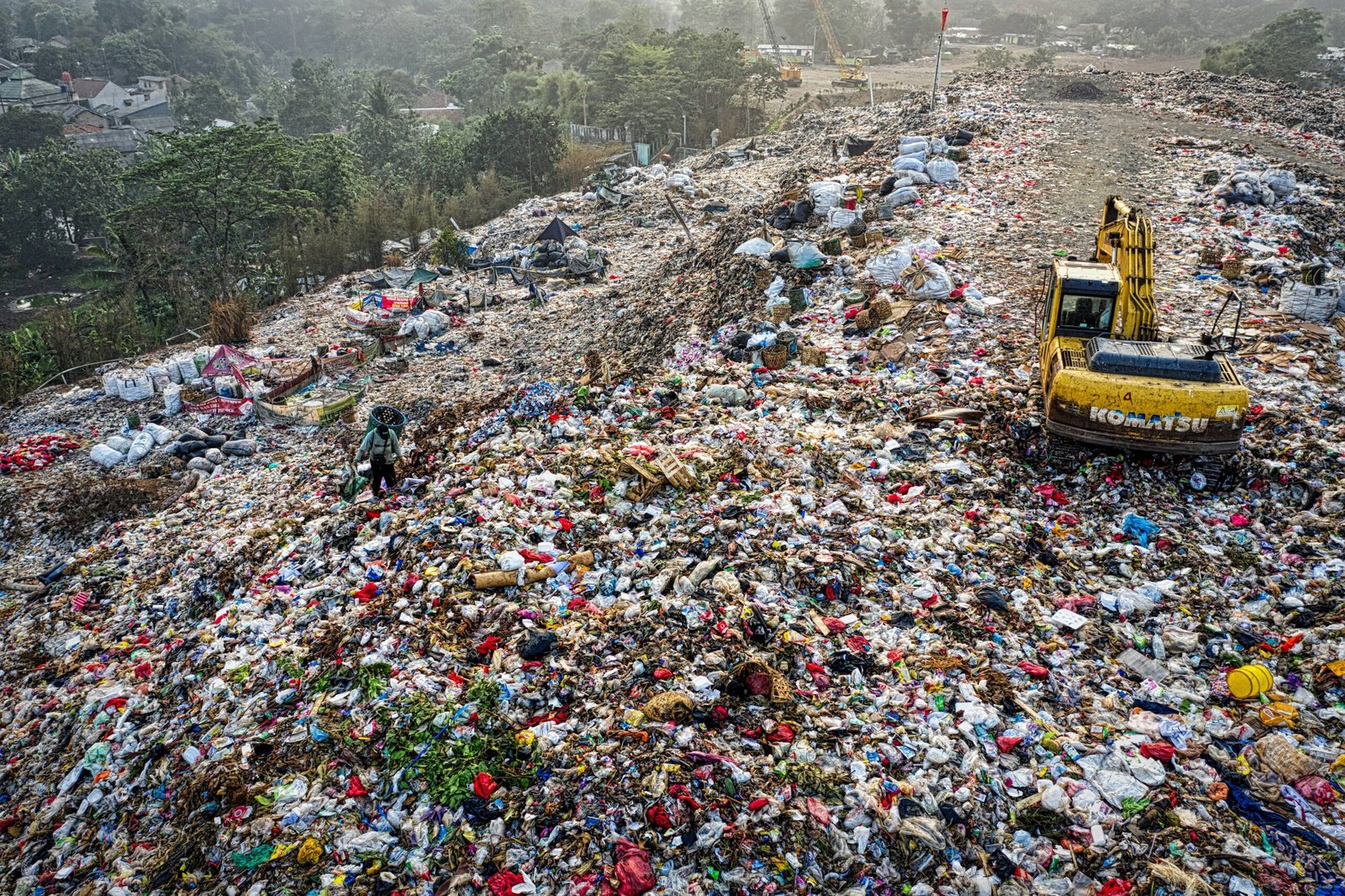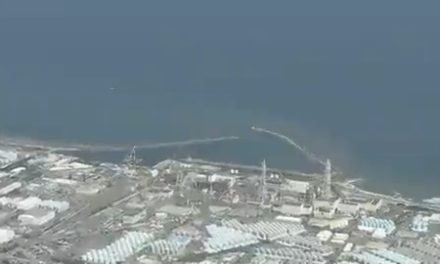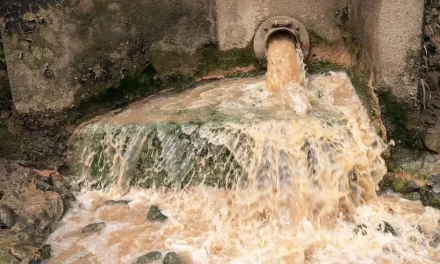Canada is currently facing an unparalleled wildfire crisis and The relentless fires have burned more than 10 million hectares of land in just six and a half months, surpassing the previous all-time high recorded in 1989.
The scale of destruction is equivalent to the size of Portugal or Iceland, with over 4,000 fires reported since January.
As the blazes rage on, they continue to pose enormous challenges for firefighters and emergency personnel, with tragic casualties and mass displacements.
Why are Canada Fires Still Burning?
The persistence of Canada’s wildfires can be attributed to a combination of severe environmental conditions and the exacerbating effects of climate change.
The prior all-time high of 7.3 million hectares burned in 1989 has been surpassed, highlighting the unprecedented nature of the current crisis.
The fires have spread rapidly due to severe drought conditions, months of below-average rainfall, and warm temperatures plaguing much of Canada.
These climatic factors have created the perfect conditions for wildfires to ignite and spread with remarkable speed.
The warming climate plays a crucial role in the intensification and frequency of these fires.
Canada’s geography, characterized by vast forests, coupled with the nation’s warming trend, has made it more susceptible to extreme weather events.
Climate change has increased the intensity and frequency of wildfires, leading to the destruction of larger areas of land.
The vicious cycle is further exacerbated by the dense underbrush in northern regions, as wildfires in these areas release significant amounts of carbon, contributing to the planet’s warming.
Where in Canada Are the Wildfires?
The wildfires have affected various regions of Canada, causing significant damage and disruption.
The crisis initially emerged in May, with Alberta in the western part of the country experiencing unprecedented blazes.
The severity of the fires captured early attention during the beginning of the wildfire season. Shortly afterward, Nova Scotia, an Atlantic province known for its mild climate, faced a surge in wildfires.
Quebec was also heavily impacted, with enormous fires generating plumes of smoke that blanketed parts of the United States.
Canada is experiencing the worst wildfire season ever. More than 16,000 people had to leave their homes in recent weeks and 5.4 hectares have been burned so far. Are we in a climate emergency now? #candawildfire #wildfire #climateemergency #newyork pic.twitter.com/ltNWqIFud9
— Nopolluting (@nopolluting) June 18, 2023
These events served as early indicators of the escalating wildfire crisis.
Since the beginning of July, British Columbia has become the epicenter of the disaster, with more than 250 fires starting in just three days last week, largely ignited by lightning strikes.
The situation in British Columbia has rapidly deteriorated, placing significant strain on firefighting efforts and exacerbating the already dire conditions.
Environmental Impact and Consequences of Canada’s Wildfires
The wildfires in Canada have far-reaching consequences for the environment.
While the majority of fires occur in remote areas, their impact is severe.
Yan Boulanger, a researcher at Canada’s natural resources ministry, expressed concern that this year’s figures have exceeded even the most pessimistic scenarios.
The relentless fires have caused irreversible damage to ecosystems, leading to the displacement and loss of numerous animal species.
Moreover, the fires release significant amounts of carbon dioxide into the atmosphere, contributing to the planet’s warming.
The vast green forests in Canada’s northern regions are vital for maintaining the Earth’s health. However, due to the density of underbrush, wildfires in these areas liberate more carbon per burned area compared to some other ecosystems.
This destructive cycle exacerbates global warming, perpetuating a vicious circle that further intensifies climate change.
Impact of Canada’s Wildfires on Air Quality of US
The devastating wildfires in Canada have not only impacted the country but have also affected the air quality in neighboring regions, including parts of the United States.
The smoke generated by the fires has resulted in poor air quality and triggered air quality alerts across Canada and beyond for several times.
Can we talk about a possible state of climate emergency now?#ClimateEmergency#Newyork #smoke https://t.co/7JGWiIQXjq pic.twitter.com/jv8uI5GmXH
— Nopolluting (@nopolluting) June 7, 2023
The United States Environmental Protection Agency (EPA) has issued warnings about the air quality impact from Montana to Ohio.
The lingering thick concentration of Canadian wildfire smoke over these regions has led to air quality alerts in the Great Lakes, Midwest, and northern High Plains areas.
The smoke contains harmful particulate matter that can cause respiratory issues and other health problems, particularly for vulnerable populations such as children, the elderly, and individuals with pre-existing respiratory conditions.
Efforts to Combat the Canadian Wildfires
To combat the escalating wildfire crisis, Canada has mobilized significant resources and international assistance.
Thousands of firefighters from around the world, including the United States, Mexico, South Africa, and Australia, have joined local personnel to battle the blazes.
Firefighters and emergency management personnel in British Columbia are working tirelessly to manage the wildfires.
To aid their efforts, we have now approved a Request for Federal Assistance and we’re mobilizing resources from across federal departments and @CanadianForces.
— Bill Blair (@BillBlair) July 14, 2023
Recognizing the severity of the situation, the Canadian Armed Forces and Canadian Coast Guard have been deployed to British Columbia after the province’s formal request for federal assistance.
The military deployment includes personnel, aircraft, and other resources to support firefighting and emergency response efforts.
The collaboration between countries underscores the urgent need for global cooperation to address the escalating threats posed by wildfires and climate change.
An uncertain future
Canada’s ongoing wildfire crisis has reached unprecedented levels, consuming vast expanses of land and posing significant challenges for firefighting operations.
The devastating fires are a result of severe environmental conditions exacerbated by climate change.
As the blazes rage on, the impact is felt not only within Canada but also in the United States, where poor air quality alerts have been issued.
Addressing this crisis requires immediate action to mitigate the effects of climate change and promote sustainable land management practices.
Protecting and preserving the vital forests in Canada’s northern regions is crucial for the well-being of the planet.
Collaborative efforts and international support are essential to combat the wildfires and safeguard the environment and communities affected by this unprecedented disaster.









